
We live in such a wonderful multicultural society though often we celebrate our festivals with our own homogenous cultural communities. How can we empower our little ones to be proud of their culture and share it with others?
“What is the little brown cup with oil and white string? It looks weird…”
“What is the red thing on your forehead Mama? Can boys wear it?”
“Why is there colour powder on the floor? Look, I stepped on it….”
A flurry of questions came hurtling toward me as we prepared for one of our favourite festivals – Diwali.
I have to admit, it was a little strange to me that my then 3-year-old found all of this so “different” or “weird”….despite us very intentionally and consciously passing on traditions and celebrating festivals from not just my Indian heritage but also my husband’s South African background and the Singaporean culture we were raising him in, from very early on.
You see, I was raised in India and I don’t ever remember any of these traditions or festivals being weird or different. They were all around me, I grew up with it and by pure osmosis I suppose I knew what they were without ever having to ask — or maybe I just didn’t question them. But our kids are being raised in a different world. A world that is more diverse, with more exposure at a younger age and it is natural that they are more curious than we expect them to be.
So, I took a deep breath and attempted to explain patiently.
The little brown cup is “Diya” or a “Deepa”, it is an oil lamp made of clay. The white string is called a wick and is dipped in ghee or oil so when we light it, the lamp can burn for a long time. Diwali is the festival of lights after all… and lighting lamps (especially this kind of lamp) is the best part! Our home looks so beautiful after it is lit up, right?
On my forehead is a “Bindi” which we wear as decoration now, but it is said to improve concentration when you press that spot between your eyebrows every day…try it!
The coloured powder is a Rangoli which can be a lot of fun to create and is so lovely to decorate the welcome area of our home…
Neil seemed to listen but ran off fairly quickly to play with his cars… I remember letting out a sigh and wondering if any of this is “sticking” with him…As we try to raise a well rounded, multicultural child, will he be confident of his hyphenated identity?
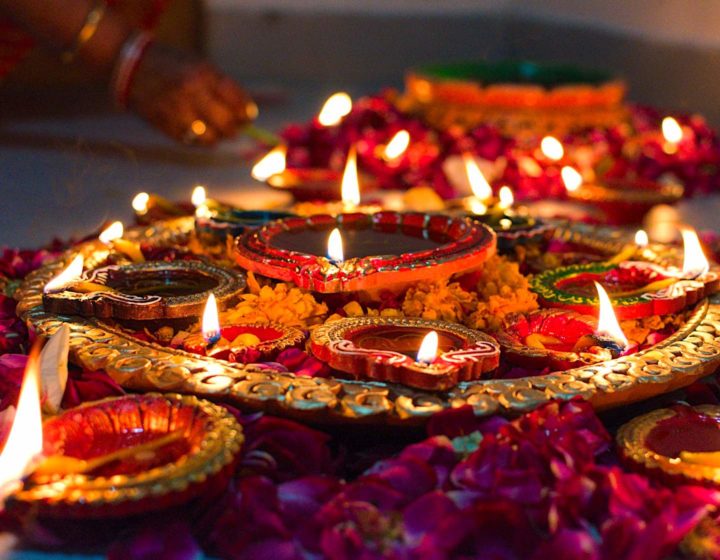
As I continued preparing the Diyas I pondered about Diwali. For me, it has always been the broader purpose of the festival that has drawn me to it. Although there is a mythological story behind Diwali (which I am sure you can Google and will be served a far better narration than I can give), I love the principle of a fresh start – the spring cleaning, the homemade food, dressing up, connecting with friends and family, the donation of household items we don’t use, the idea of light taking away the darkness both physically and emotionally, feeling lighter and free because you’ve let go of the negative energy and embraced the positive vibes…all of this just connects with me.
As my mind wandered, little Neil comes back pitter-pattering with his cars in tow and asks me…”Mama, can I ask Nathaniel and Elliot and Johnny to come over and they can also celebrate Diwali?”
As he said that, it dawned on me that I had been celebrating all of these festivals with Indian friends, who knew the customs and understood the practices because, those are the people that celebrate it, right? It made sense. But that year, we invited some of his friends over who were Malaysian, French, American, Singaporean.
Neil led the way – he explained to them what I had explained to him. He painted and lit lamps with his friends, he made everyone wear a bindi, he spoke about our cleaning and donating spree… to my delight, not only had he absorbed everything I had told him, he was thoroughly enjoying sharing it with his friends. And that was magical!
So here is my thought – be it Diwali, Lunar New Year, Eid, Christmas or any festival – don’t celebrate only with your own so called circle. Widen your circle. Open your heart and your home. Share the festival with others who may not know your customs. By inviting others to celebrate and understand your culture you help make our world a more open, diverse and accepting place for different customs, practices, and ideas – and isn’t that the world we want our children to grow up in?
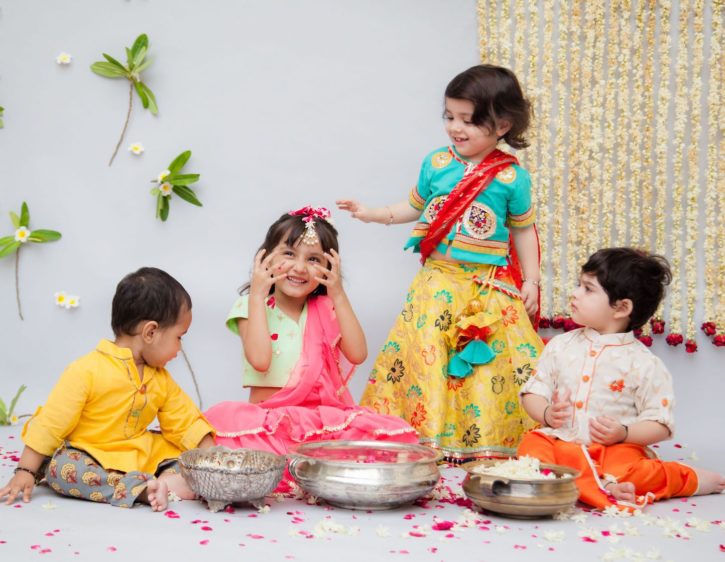
5 ways to share our culture with others
1. Sharing what we wear: Every culture has its own beautiful attire for festivals. Have a little ‘dress-up’ corner for the kids, let them try on a few things but do share with your child that these traditional outfits are not fancy-dress/costumes but they form an important part of a culture (help them wear the outfit properly so as to be respectful of that culture’s customs). For Diwali, we put out a few bangles, bindis, dupattas (a long piece of cloth like a scarf) and let the kids have some fun!
2. Sharing what we do: Create a few play stations with DIY art and craft activities. Paint lamps, make lanterns, play some traditional music, dance freestyle or follow a choreographed routine on YouTube. It’s amazing how a few small and simple things can bring alive a cultural get together.
3. Sharing what we eat: Food is the most fun part of festivals for most of us – the sweets, the snacks.. oh so yum! Involve your child in making them, and then let them share the treats with their friends.
4. Sharing the traditions: The story behind some traditional festivals can be a little intense sometimes, so break it down, simplify it. It’s ok to leave out the parts that can’t be understood….You can always explain it at a later stage. Try to capture the spirit and significance of the festival or celebration and what it means to your family.
5. Lastly, answer all the questions: the funny ones, the strange ones, even the repetitive ones … you never know what’s going to stick with them and a key part of your child being able to share their culture is to understand it in their own way.
Have fun celebrating!






 View All
View All
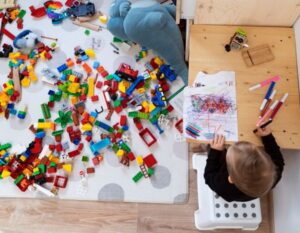
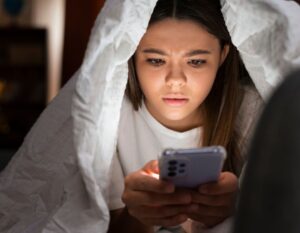


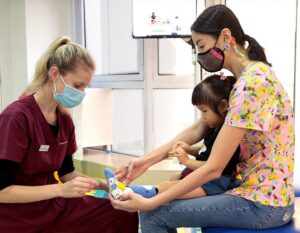
 View All
View All

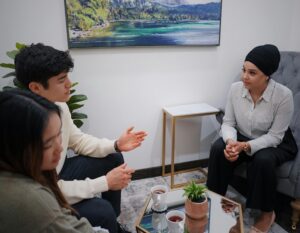





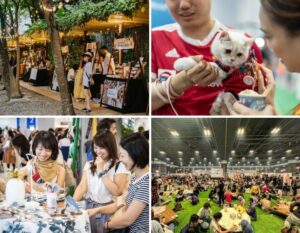


 View All
View All






![[𝗛𝗢𝗧 𝗡𝗘𝗪𝗦] 𝗦𝗲𝗻𝗴𝗸𝗮𝗻𝗴 𝗦𝘄𝗶𝗺𝗺𝗶𝗻𝗴 𝗖𝗼𝗺𝗽𝗹𝗲𝘅 𝗶𝘀 𝗕𝗔𝗖𝗞 𝘄𝗶𝘁𝗵 𝗡𝗘𝗪 𝗦𝗟𝗜𝗗𝗘𝗦 & 𝗙𝗘𝗔𝗧𝗨𝗥𝗘𝗦! 💦🔥
One of the most popular pools in the North-East is finally back and it’s even better than before! Brand-new slides for thrill-seekers (1.2m+), splash zones for little ones, a Jacuzzi, sheltered teaching pool, and an Olympic-sized pool for serious swimmers.
Say goodbye to the rainbow slides as the new ones are faster, wider & way more fun! Just remember: proper swimwear only, and no accessories for max sliding speed.
𝗪𝗵𝗲𝗿𝗲: 57 Anchorvale Rd, Singapore 544964 (5 mins from Sengkang LRT)
𝗪𝗵𝗲𝗻: Tues/Thurs/Sat: 6.30am – 9.30pm | Wed/Fri/Sun: 8am – 9.30pm | Mon: Closed
𝗛𝗼𝘄 𝗺𝘂𝗰𝗵: Family of 4 (weekend) = Just $7!
Tag your splash squad & get ready for a wave of fun! 🏄♂️
.
.
.
.
.
.
.
#SengkangSwimmingComplex #SGPools #FamilyFunSG #WaterPlaySG #NorthEastLiving #SengkangReopens #KidsActivitiesSG #SengkangFun #publicswimmingpool](https://www.sassymamasg.com/wp-content/plugins/instagram-feed/img/placeholder.png)
